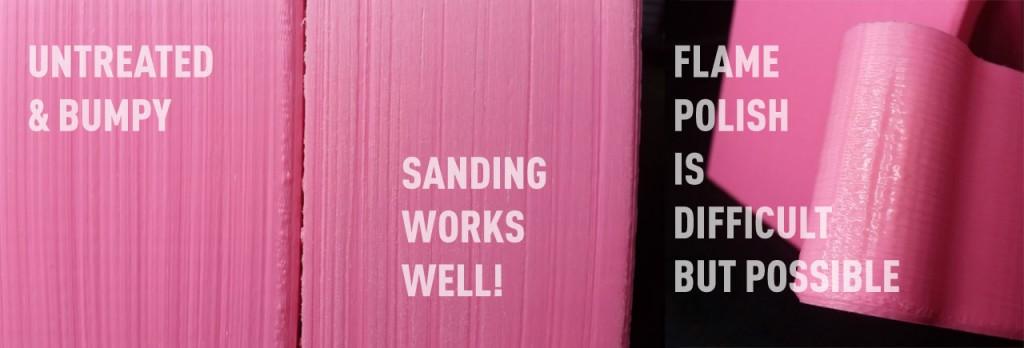Nope, not the food or the home runs, but 3D printing with a bioplastic made from potatoes or starches called Biome Bioplastics. This bioplastic is made in Southampton, UK by Biome Bioplastics and they sell it through the website, 3DomFilaments.
 A leading developer of emerging bioplastic technologies, Biome Bioplastics has been engaged in creating a series of bioplastic breakthroughs like the first compostable coffee pods and developing bioplastics for the 3D printing sector. Biome Bioplastics also develops high performance, plant-based plastics for applications, from catering to electronics, and they say their goal is to challenge the position of oil-based plastics at the top of the market.
A leading developer of emerging bioplastic technologies, Biome Bioplastics has been engaged in creating a series of bioplastic breakthroughs like the first compostable coffee pods and developing bioplastics for the 3D printing sector. Biome Bioplastics also develops high performance, plant-based plastics for applications, from catering to electronics, and they say their goal is to challenge the position of oil-based plastics at the top of the market.
The company calls the biodegradable coffee pods “a sustainable packaging alternative” within the $6.6 billion global single-serve coffee pod market. Biome Bioplastics adds that an estimated 9.1 billion single-serve coffee and drink cartridges are dumped in US landfills every year, and that’s 19 million cubic feet of waste. These new pods are made from plant starches and tree byproducts, and Biome is now aiming their technology at 3D printing filament.
The company says their potato starch based filament combines a superior finish and flexibility, ease of processing and excellent printed detail. One advantage is said to be much higher print speeds and that the material is considerably less brittle than PLA.
An excellent and detailed review of the material on Flashgamer.com says one major advantage of the potato based Biome filament is that it bends and has properties similar to ABS. The review says the material is very strong – not as strong as PET, and notes that it is much more useful than corn-based PLA filament for any application which requires a degree of flex. Coming out of the extruder the filament pools (seen in the image at right) at the bottom which can be a bit a hindrance, but ultimately the printed products come out quite well.
The Biome filament begins to soften at 80-90 degrees c and can be printed at lower temperatures than most other materials. It can also be sanded and has a high enough Glass Transition temperature to allow it to be normally sanded and even tumbled in various mediums.
Have you used any plant-based printer filament other than PLA such as FilaSoy or Biome Bioplastics? Let us know about your experience in the 3D Printing With Potato-based Filament forum thread on 3DPB.com.
Subscribe to Our Email Newsletter
Stay up-to-date on all the latest news from the 3D printing industry and receive information and offers from third party vendors.
You May Also Like
NASA Backs Project for 3D Printing Space Sensors
NASA granted $300,000 to Florida State University (FSU) and Florida Agricultural and Mechanical University (FAMU) to pioneer a project using 3D printing to develop cutting-edge sensors capable of withstanding the...
Protolabs Survey Sheds Light on Product Development Challenges
A recent survey by Protolabs (NYSE: PRLB) provides a snapshot of the current challenges and expectations facing product developers across industries such as aerospace and automotive. Gathering feedback from over...
3D Printing Financials: Materialise’s Profitability Amid Revenue Dip in Q1 2024
Materialise (Nasdaq: MTLS) has released its first-quarter earnings for 2024, highlighting a challenging quarter with some key advances despite a dip in revenue. While navigating a mixed performance across its...
3D Printing Financials: Prodways’ Q1 2024 Revenue Drop and Accounting Overhaul
Prodways (EPA: PWG) has released its earnings report for the first quarter of 2024, announcing modest revenue. This result is lower than last year’s, reflecting the company’s ongoing adjustments to...

































